Steel production line at Hoa Phat Dung Quat Iron and Steel Complex (Quang Ngai). (Photo: MINH DUNG)
This move by Mr. Trump is intended to affirm his promise to protect jobs for American workers, help restore domestic industry and reduce dependence on external supplies.
Although the new tariffs will bring short-term benefits to the US, in the long term they could lead to negative consequences due to concerns about supply chain disruptions, oversupply and rising metal prices, etc., which are beginning to cast a "shadow" over the global steel market.
Although the US market accounts for only 14% of Vietnam's total aluminum and steel exports, with a turnover of about 1 billion USD, the new tax rate cannot be underestimated because Vietnam both exports and imports steel, and will certainly be affected by a double impact. When the tax increases suddenly, it will cause a chain reaction, leading to a restructuring of the supply chain, disrupting the global trade flow because countries with large steel production such as China, Korea, Canada, Mexico, and even the EU are forced to find alternative export directions to release inventory. The ASEAN region, including Vietnam, is considered an ideal potential consumption destination due to stable economic growth and high demand for construction and industry.
At that time, the excess supply in the market will lead to a spiral of "dumping", while the cost of raw materials and steel production in Vietnam has not improved accordingly, causing the profit margins of enterprises in the industry, which are already tight, to continue to be "strangled". From there, the ability to reinvest, maintain production and business will be affected, and may even drag domestic enterprises into unnecessary trade defense lawsuits and anti-dumping evasion lawsuits.
Therefore, in the immediate future, when the 50% tax rate has been officially applied, Vietnamese steel enterprises need to quickly and proactively review all existing trade contracts with US partners to assess the level of risk, have a plan to adjust export output or shift to other markets to minimize the impact.
Looking further, whether fully implemented or adjusted in the future or not, this policy is a warning about the uncertainty and unpredictability of global trade in the period of rising industrial protectionism.
With the achievements that have been made, the Vietnamese steel industry cannot stop at just responding to each temporary fluctuation but needs to build a long-term, sustainable development strategy; not only based on price but also on quality, reputation, strengthening internal strength, upgrading technology, improving production processes to increase productivity and product quality. Moving towards investing in "green steel", high-grade fabricated steel, high-quality cold-rolled steel, etc. that meet the strict standards of the new market is the direction to create added value, sustainability and long-term instead of focusing solely on output.
On the State side, along with proactive bilateral and multilateral negotiations to protect the legitimate interests of Vietnamese enterprises against non-tariff trade barriers, the role of creation needs to be given top priority through the issuance of credit support policies, encouraging technology investment, and removing administrative barriers so that steel enterprises can quickly shift production and invest in innovation towards green and sustainable development.
Only then can we turn challenges into motivation, helping the Vietnamese steel industry not only stand firm but also reach further, increasingly affirming its position on the world steel map.
Source: https://baotuyenquang.com.vn/ung-pho-chinh-sach-thue-moi-cua-my-doi-voi-nhom-va-thep-213051.html


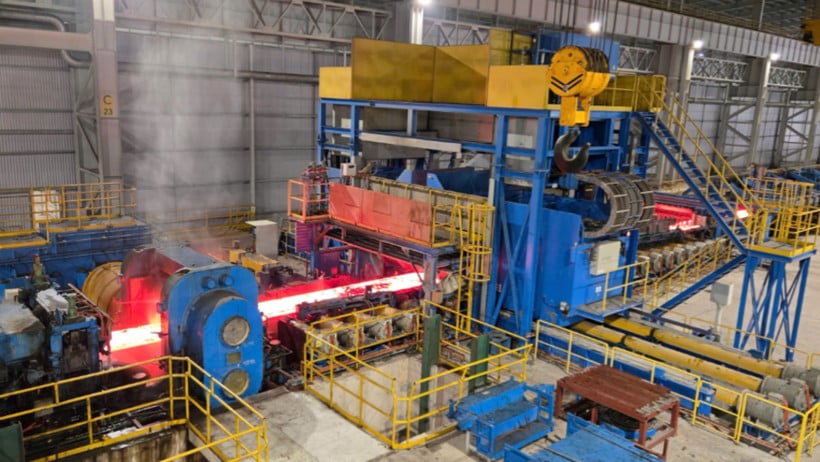








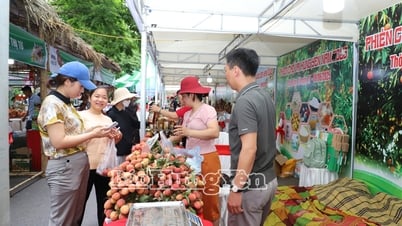

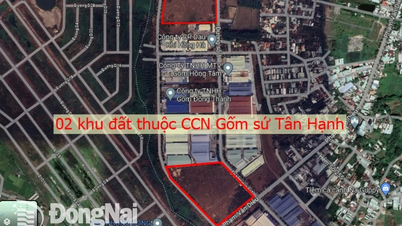



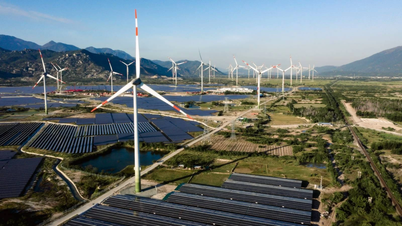





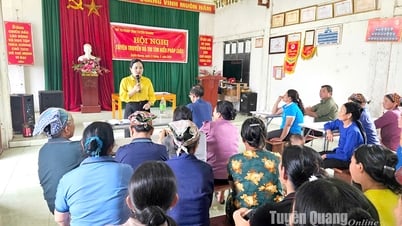
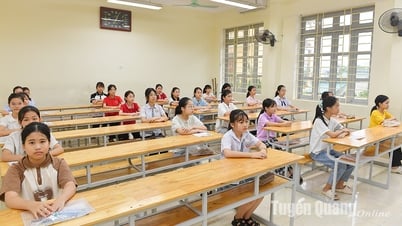


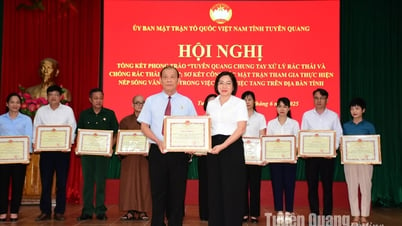







































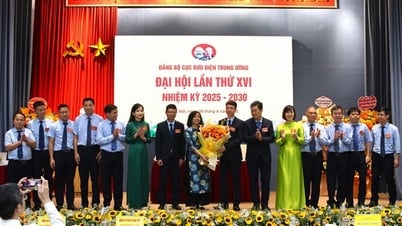














![[OCOP REVIEW] Tu Duyen Syrup - The essence of herbs from the mountains and forests of Nhu Thanh](https://vphoto.vietnam.vn/thumb/402x226/vietnam/resource/IMAGE/2025/6/5/58ca32fce4ec44039e444fbfae7e75ec)







Comment (0)